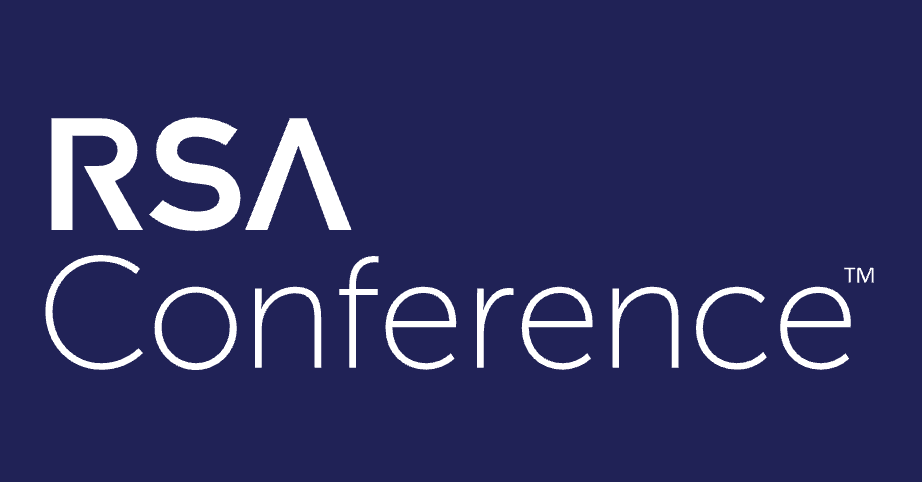Login to the community
If you haven't already registered, now is a good time to do so. After you register, you can post to the community, receive email notifications, and lots more. It's quick and it's free! Create an account
Login with SSO
Employee Partneror
Enter your username or e-mail address. We'll send you an e-mail with instructions to reset your password.


